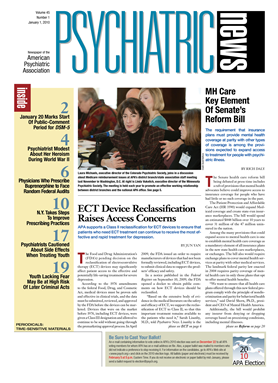Cost reduction for individuals and for the nation—a central pledge of President Obama and Democratic leaders in the health care reform battle—has become a prime focus of debate in Congress, as critics and supporters wrestle with competing estimates.
The Congressional Budget Office (CBO) has concluded that a recent version of the Senate health care overhaul bill (HR 3590) would allow health insurance costs to continue to rise for most Americans, although possibly at a slightly slower rate than in recent years. The highly touted CBO report found that for 70 percent of Americans, the bill would either have no effect on future premium increases or reduce the growth in premiums by 3 percent (average family premiums would grow to $20,300 by 2016 under the current system and grow to $20,100 under the Senate bill).
Individuals buying their own policies—the second largest group of insurance buyers, or 17 percent—would see premiums increase between 10 percent and 13 percent more on average under health care reform than they would without system reform (average family premiums would rise to $13,100 in 2016 without reform and rise to $15,200 under the Senate bill).
The third group of insured—people insured by employers with 50 or fewer workers, or 13 percent of the nation—would see premiums either increase slightly more than they would under the current system or decrease 2 percent (average family premiums of $19,300 in 2016 under current law and as low as $19,200 under the Senate bill).
Estimates All Over the Map
A variety of advocates and health care stakeholders also have produced estimates, and those show a wide variety of likely increases or decreases.
A December 2009 report by the liberal Center for American Progress projected average premium savings of $2,000 per family, based in part on a requirement that most individuals have insurance. A study released by the Blue Cross/Blue Shield system concluded that premiums would surge under the Senate bill by 54 percent for individual buyers and 20 percent for small firms, due to taxes on insurance providers and Medicare payment cuts being passed on to private insurance payers.
Overall Costs May Rise
The impact of health care reform on overall health care spending also has become a source of significant debate. Both federal health care spending and total national health care spending are expected to increase significantly under both the House and Senate bills.
The Senate bill will add about $1 trillion in spending and cost nearly $2.5 trillion in the first 10 years after it takes effect, according to the CBO. The spending increase would be offset by a series of taxes and fees that would net $130 billion in the first 10 years.
The CBO does not estimate the impact of bills on total national health care outlays, which were about $2.5 trillion in 2009, but an analysis by Richard Foster, the chief actuary at the Centers for Medicare and Medicaid Services, concluded that the House health care bill would raise the nation's health care costs by $289 billion over the next decade.
As for the Senate bill, Democratic congressional leaders estimated it would reduce national health spending by $683 billion over the first 10 years through provisions such as a tax on very-high-cost insurance plans that aims to encourage companies to offer less-expensive policies.
In contrast, an analysis released on December 10, 2009, estimated national spending would increase by $234 billion in the first 10 years under the Senate bill, due to its spurring an increased use of health care services.
At recent events, White House officials have repeatedly addressed cost concerns.
The Senate bill “will have a big impact on the growth of health spending,” said Nancy-Ann DeParle, White House health care reform coordinator.
Other cost-control measures that supporters highlight in the Senate bill include an independent Medicare commission, which would have the power to limit costs by proposing ways to scale down the program, including reducing physician reimbursement. Those cuts would be implemented unless Congress passed legislation to reduce growth in Medicare spending by the same amount. That cost-cutting structure has drawn the ire of organized medicine and the hospital industry because an unelected body would have the power to mandate extensive cuts in the program if it chose to do so.
In an attempt to improve the ability of the health care overhaul to hold down overall costs, a group of freshman Democratic senators has proposed a range of changes that would implement cost-saving pilot programs throughout Medicare. Other measures would prevent “cost-shifting” from public to private insurance programs, in which private plans increase reimbursements as public plans lower them below the cost of providing the services. The same dynamic occurs in hospitals, which charge privately insured patients more to help cover the free care they provide to the uninsured and the below-cost reimbursements provided by public insurance programs.

